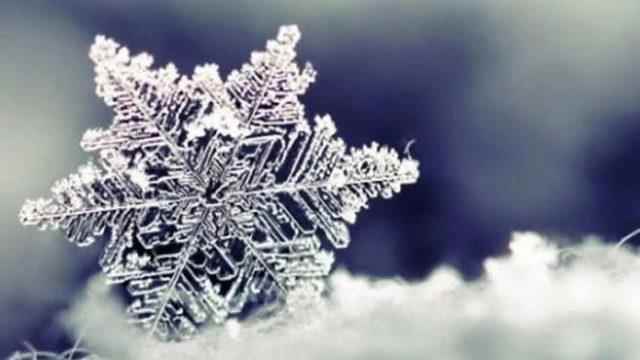With the sun’s rays perpendicular to the Tropic of Capricorn, the winter solstice is experienced every year on December 21. On December 21, when the duration of day and night changes, there is a change of day and night. So what happens on December 21, what is its feature? Here are the details about the winter solstice…
WHAT IS THE LONGEST NIGHT ON DECEMBER 21?
With the arrival of December 21, many people began to investigate the hours of day and night. On December 21, the sun’s rays are perpendicular to the Tropic of Capricorn. For this reason, on December 21, the Northern Hemisphere experiences the longest night and the Southern Hemisphere experiences the longest day. From December 21, when the longest night is experienced, the nights begin to lengthen and the days begin to shorten in the Northern Hemisphere. In the Southern Hemisphere, the opposite happens. When you go to the southernmost part of the Northern Hemisphere, it will get dark earlier.
The solstice is the day that repeats twice a year and the Sun falls at the greatest angles to the hemispheres. These are the dates when the days or nights begin to shorten or lengthen according to the hemisphere.
On the winter solstice of December 21, the sun’s rays fall at right angles to the Tropic of Capricorn. The days begin to lengthen in the northern hemisphere and shorten in the southern hemisphere. This date is considered the beginning of winter in the northern hemisphere and the beginning of summer in the southern hemisphere. The longest day in the southern hemisphere and the longest night in the northern hemisphere. It is the day with the longest shadows in the northern hemisphere. This situation continues until June 21.
DAYS OF THE SUNDAY Equinox in the Hemispheres

The equinox occurs on March 21. Equality of day and night is observed. Spring begins in the northern hemisphere, and autumn begins in the southern hemisphere.
The summer solstice occurs on June 21. June 21 is the time when the longest day and shortest night of the year are experienced. Another name for it is the summer solstice. Summer begins in the northern hemisphere and winter begins in the southern hemisphere.
On September 23, there will be equality of night and day again. In the northern hemisphere, it is the end of summer and the beginning of autumn. In the southern hemisphere, there is a transition to spring.
December 21 is the winter solstice. The days are getting shorter in the Northern Hemisphere. The days get shorter and the nights longer. Winter begins on December 21 in the Northern Hemisphere. In the southern hemisphere, it is the beginning of summer.
